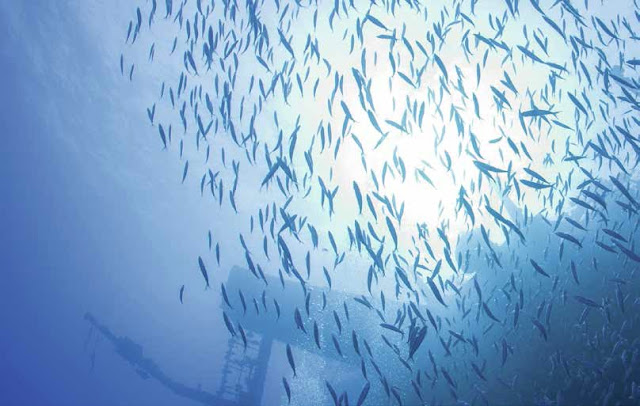by Rui Gonçalves and Gonçalo A. Santos, Biomin Holding GmbH, Austria
First published in International Aquafeed, November-December 2015
Manufactured feeds are an essential part of modern commercial aquaculture, providing the balanced nutrition needed by farmed species. Much of aquaculture’s recent growth can be attributed to improved formulations, resulting in superior physical and nutritional feed properties. As more intensified culture systems are developed, greater emphasis has been placed on critical optimisation of the properties of aquaculture feeds, all of which contribute to a more economically sound feed conversion ratio.
Phytogenic feed additives
In farmed aquatic species, the benefits of phytogenic feed additives, or botanicals, have been reported in several scientific studies. Their plant-derived active ingredients (e.g. phenols and flavonoids) can exert multiple effects in animals, including improvement of feeding conversion ratio (FCR), digestibility, growth rate, reduction of nitrogen and phosphorous excretion, improvement of the gut microbiota and health status.
The extrusion process
During extrusion, ground, blended ingredients are processed at high temperatures, moisture and pressure levels compared to conventional steam pelleting. Normally, the process begins by steam treating ingredients, raising the moisture by 20 percent to 30 percent and reaching temperatures of 65˚ to 95˚C.
The mixture is then conveyed into a pressurised extrusion barrel (extruder) where it is cooked to a temperature of 130˚ to 180˚C for anywhere from 10 seconds to one minute. In these conditions, starch present in the mixture readily gelatinizes. The cooked mixture is then extruded through a die plate. When the mixture emerges from the pressurised chamber, some of the superheated water mixture vaporises, causing a rapid expansion in the volume of the pellets, which are then cooled and dried.
Extrusion has proven key to producing fish feeds with desired characteristics in terms of floatability, durability, and water stability. While most fish feeds rely on extrusion, the heat, moisture and pressure that this introduces can render essential oils, which are volatile substances contained in phytogenic feed additives, less effective.
Read the full article in International Aquafeed HERE.
First published in International Aquafeed, November-December 2015
Manufactured feeds are an essential part of modern commercial aquaculture, providing the balanced nutrition needed by farmed species. Much of aquaculture’s recent growth can be attributed to improved formulations, resulting in superior physical and nutritional feed properties. As more intensified culture systems are developed, greater emphasis has been placed on critical optimisation of the properties of aquaculture feeds, all of which contribute to a more economically sound feed conversion ratio.
Phytogenic feed additives
In farmed aquatic species, the benefits of phytogenic feed additives, or botanicals, have been reported in several scientific studies. Their plant-derived active ingredients (e.g. phenols and flavonoids) can exert multiple effects in animals, including improvement of feeding conversion ratio (FCR), digestibility, growth rate, reduction of nitrogen and phosphorous excretion, improvement of the gut microbiota and health status.
The extrusion process
During extrusion, ground, blended ingredients are processed at high temperatures, moisture and pressure levels compared to conventional steam pelleting. Normally, the process begins by steam treating ingredients, raising the moisture by 20 percent to 30 percent and reaching temperatures of 65˚ to 95˚C.
The mixture is then conveyed into a pressurised extrusion barrel (extruder) where it is cooked to a temperature of 130˚ to 180˚C for anywhere from 10 seconds to one minute. In these conditions, starch present in the mixture readily gelatinizes. The cooked mixture is then extruded through a die plate. When the mixture emerges from the pressurised chamber, some of the superheated water mixture vaporises, causing a rapid expansion in the volume of the pellets, which are then cooled and dried.
Extrusion has proven key to producing fish feeds with desired characteristics in terms of floatability, durability, and water stability. While most fish feeds rely on extrusion, the heat, moisture and pressure that this introduces can render essential oils, which are volatile substances contained in phytogenic feed additives, less effective.
Read the full article in International Aquafeed HERE.
The Aquaculturists
This blog is maintained by The Aquaculturists staff and is supported by the
magazine International Aquafeed which is published by Perendale Publishers Ltd
For additional daily news from aquaculture around the world: aquaculture-news


No comments:
Post a Comment